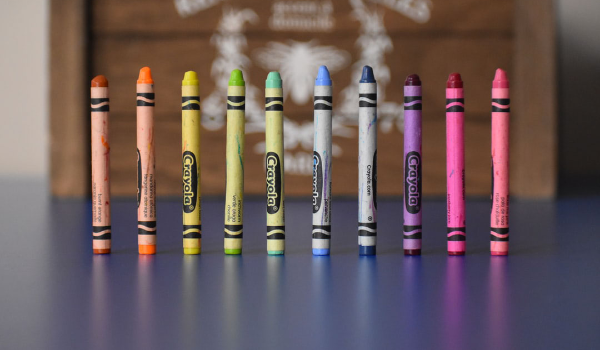The scope of education is changing, and these changes begin as early as kindergarten. Today, kindergarten involves a great deal more than taking naps and coloring.
Here is a breakdown of the changes:
The Basics Are A Must
As of 2010, “One-third more teachers believed that students should know the alphabet and how to hold a pencil before beginning kindergarten [compared to 1998],” NPR writes. Now–a decade later–those skills are just about universally expected of those entering a kindergarten classroom.
An Increased Emphasis On Reading And Math
Once-upon-a-time kindergarten may have focused on fingerpaints and learning to write and enunciate the alphabet. Today, expect your child to dive right into subjects like math, reading, writing, social studies, and science–with a particular emphasis on reading and math. At a minimum, children need to know their alphabet, understand simple rhyming, be able to count from one to ten, and know basic shapes and colors.
Rhyming and phonics are an important part of learning to read. While parents may think reading to their children–and inviting their children to read to and/or with them–is enough, more and more studies show that phonics and rhyming improve reading scores. Our brains are wired to skim words. Being able to rhyme or identify key sounds helps children do this successfully.
While it may seem like a daunting prospect to understand the science of learning to help your child prepare for kindergarten, don’t worry! Quality preschool programs learn these principles and incorporate this science for you.
More Standardized Tests
In 1998, giving standardized tests to kindergarteners was pretty much unheard of. In 2010, 73% of kindergarten students took standardized tests. Now, testing at the beginning of elementary school programs to assess students’ current skills and abilities, and testing during kindergarten classes to evaluate the effectiveness of these programs is the norm.
Preschool programs can help balance the necessity of teaching young students how to take a bubble-test, while also integrating other, more engaging and interactive skills.
Longer Recess Times
When it comes to grade school readiness and the many ways kindergarten is changing, there are some unexpectedly positive changes happening too! While standardized tests to determine how effectively kindergarteners are learning may be necessary and not a wholly good or bad thing, one shift is undeniably beneficial to children.
That shift is longer recess times and more physical activity. Schools are lengthening time periods allotted for recess and play. Participation in team sports and active after-school activities are being heavily encouraged as well.
Preschool programs help familiarize kids with cooperative socializing and play. Students in readiness programs will be better able to communicate and take part in team sports, share, and play games without any problems or fuss. “This is especially important for the first child, who may not be used to sharing with their siblings at home,” The Huffington Post writes.
What Can Parents Do?
With kindergarten no longer being the introduction to elementary school that it once was, it is wise for parents to take steps to prepare their children. Research the benefits of academic preschool programs for your child. Thorough, high-quality programs know what expectations children will face in elementary school and design their curriculums specifically to address and ease that transition. Not only do these programs teach academics, but they also teach skills and subjects without a caregiver or parent in the room–something he or she will have to be well-accustomed to for school.
Kindergarten and elementary school programs are evolving. Do your part to make sure your child is prepared with a well-vetted preschool. Kids who attend preschool have more respect, develop an early love of learning, and are more physically active than their peers!



